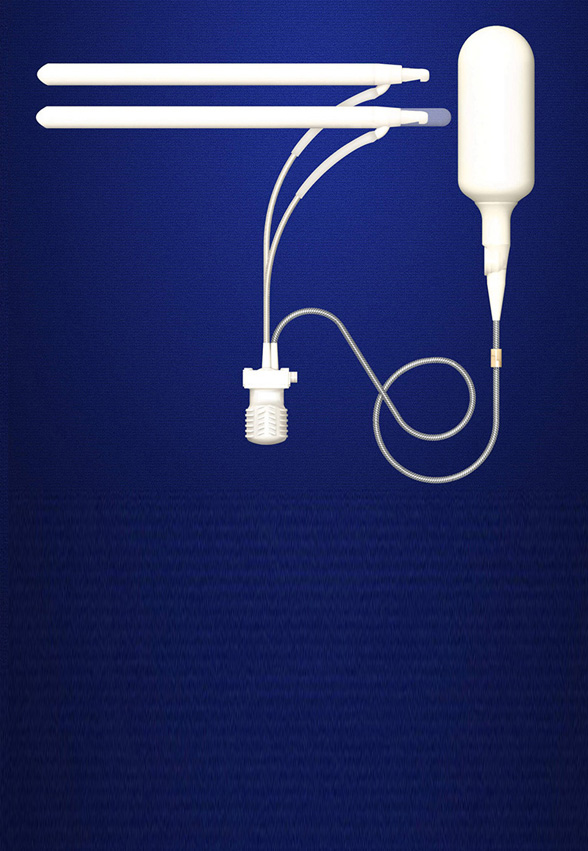

Chronic pelvic and perineal pain can be one of the most difficult health problems to manage. Many women are not aware that there are ways to help relieve the pain, such as self-care, exercise, and natural therapies. Self-care includes taking care of your body by doing things like getting enough sleep, eating well, and exercising. Exercise can be done by doing things like walking, swimming, and yoga. Natural therapies include things like herbs, essential oils, and acupuncture.
Chronic pelvic and perineal pain is often overlooked by many doctors. It's not surprising that doctors don't typically diagnose it because there is no one test for it. However, chronic pelvic and perineal pain can be very debilitating, so it's important to take a proactive approach. The first step is to schedule a medical visit. Then, you should talk to your doctor about what you can do to reduce your pain, such as starting a daily exercise routine or getting more sleep. Your doctor may also recommend other treatments such as a pelvic floor physical therapy program or a perineal massage.
Pelvic and perineal pain is a very common condition among women, but it can often be difficult to find treatment. Many women are told that they need to change their diet, wear looser clothing, or avoid certain activities to manage the pain. However, there are many different ways to effectively manage chronic pelvic and perineal pain. Here are some things you can do to help reduce the pain and improve your overall quality of life.
Chronic pelvic and perineal pain can be a very debilitating condition that affects many women. This condition is characterized by pelvic pain, vulvar pain, and perineal pain. Chronic pelvic and perineal pain can often be misdiagnosed as a bladder infection or irritable bowel syndrome. This condition can be very hard to manage, but there are a few ways to help relieve the symptoms. One way to help with chronic pelvic and perineal pain is by using ice packs to soothe the area. Ice packs are often used after a surgery or injury to help with swelling. Another way to help with chronic pelvic and perineal pain is by using a warm compress. A warm compress can be made by filling a bath towel with warm water and wrapping it around the area. This helps relieve the tension in the muscles in the area.
Pelvic pain is an extremely common condition that can be caused by a number of different factors. Some of the most common causes of pelvic pain are bladder infections, kidney stones, and pelvic inflammatory disease.
When it comes to pelvic pain, there are many common causes that come to mind. From back pain to cramps, there are a variety of reasons why women may experience pelvic pain. The following are several of the most common reasons for pelvic pain in humans:
Female pelvic discomfort can have many different reasons.. One of the most common causes is endometriosis, which is when the tissue that lines the uterus begins to grow outside of the uterus. This tissue can cause intense pain, which can range from mild to severe. Other causes of pelvic pain can be due to urinary tract infections, ovarian cysts, or endometrial cancer. It is important to see a doctor if you are experiencing any symptoms of pelvic pain, such as pain during sex, especially if you have recently been pregnant.
The causes of pelvic pain in women are many. The most common cause is a prolapsed uterus, which can be caused by childbirth, a hysterectomy, or a large weight gain. Other causes of pelvic pain include vaginal infections and sexual trauma. Some of the most common symptoms of pelvic pain are intense lower abdominal pain, pressure, and/or heaviness that may radiate to the back, hips, thighs, or legs.
Some of the most common causes of pelvic pain in women are urinary tract infections, sexually transmitted diseases, and pelvic inflammatory disease. Other causes of pelvic pain in women include endometriosis, ovarian cysts, and uterine fibroids. Pelvic pain in women is a common problem that often leads to a cascade of other problems. When you experience pelvic pain in women, you should see your doctor for further treatment.
The causes of pelvic pain in women are often a mystery to doctors and patients alike. There are a few key factors that increase the likelihood of developing pelvic pain, including:
One of the most common causes of pelvic pain is an ovarian cyst. Ovarian cysts are basically sacs of fluid that are usually benign and don't require treatment. If the cyst is large, it can cause pain or pressure on the ovary and surrounding organs. The pain can be sharp or dull, and it can worsen with movement or when you cough or sneeze. It is important to talk to your doctor about any symptoms you have because you may need further tests.
Numerous factors can lead to pelvic discomfort. It can happen during sex, during pregnancy, or if you have a tumor. There are also some common symptoms that might indicate a problem with your pelvic area. These include:
Pelvic pain is a common condition that is often difficult to diagnose. However, there are many treatments for this condition. One treatment option is the use of physical therapy. Physical therapy can help restore the normal functioning of the pelvic floor muscles and also help improve mobility and coordination in the hips and lower back. Physical therapy can also be helpful in cases where the patient has nerve damage, which can occur due to pregnancy or childbirth.
Pelvic pain can be an uncomfortable condition that can range from annoying to debilitating. There are many different treatments that can help alleviate the pain, but it's important to find the one that works best for you. If you have chronic pelvic pain, it is recommended that you seek out a pelvic floor physical therapist to help identify the cause of your discomfort and develop a treatment plan.




The cost of managing Chronic Pelvic and Perineal Pain in India like many chronic pain conditions, can vary widely, depending heavily on what kind of treatment is needed (consultation, conservative therapy, interventions, or surgery), hospital/clinic, and duration of care. The average cost of Chronic Pelvic & Perineal Pain Management in India is mentioned below:
| Treatment Name | Cost in India | Stay in India |
|---|---|---|
| Chronic Pelvic & Perineal Pain Management in India | $500 - $1,000 | 1 - 2 Days |
Many people know that pelvic pain is often the result of an injury, but what if you're experiencing pelvic pain in men? The most common cause of pelvic pain in men is a hernia. If you have a hernia, you will experience pain and discomfort on one side of your body, often in your groin. There are also other causes of pelvic pain in men, including infection and cancer. In order to determine the cause of your pelvic pain, you should consult with your doctor.
One of the most common complaints that men have is pelvic pain. Pelvic pain can come from many different sources, and can be a frustrating and difficult problem to treat. The causes of pelvic pain can vary, but the most common are stress, inflammation, or an injury. If you're experiencing pelvic pain, it's important to visit your doctor to find out what's causing it and what your options are for treatment.
Pelvic pain in men is a common problem that can often be difficult to diagnose. It can be caused by a number of different things, such as:
Pelvic pain is a term that refers to pain in the lower abdomen, groin, and perineum. It can be caused by a number of things including sexually transmitted diseases, urinary tract infections, and a number of other medical conditions.
Pelvic pain is a term used to describe pain in the region of the pelvis. Pelvic pain is not just a female issue, as men can also experience pelvic pain. Pelvic pain can be caused by a number of factors including infection, inflammation, nerve damage, and cancer. The most common symptom of pelvic pain is severe, throbbing, and sharp pain that radiates from the genitals to the lower back and hips. Another symptom of pelvic pain is difficulty in urination.
It's difficult to pinpoint the exact causes of pelvic pain. It can be caused by a number of factors, including physical exertion, hormonal changes, or even stress. It's important to consult your doctor if you experience pelvic pain.
It is important to take care of your body, and this includes making sure you are taking care of your pelvic pain. It is important to see a doctor and get checked out if you are experiencing any pelvic pain, especially if it is getting worse or if it is accompanied by other symptoms.


Suffering from Erectile Dysfunction
Open up and get treated
Semi Rigid and Inflatable Penile Implants
Get back the Erection
Insecure about your size
Get Penile Augmentation